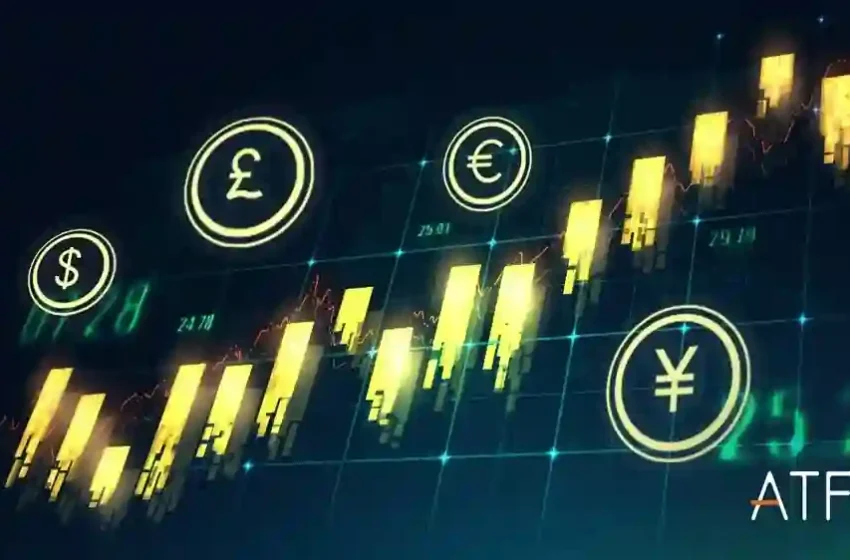
Advanced Techniques for Customizing Your Forex Robot
Customizing a forex robot to suit your trading objectives and market conditions is crucial for achieving optimal performance and maximizing profitability. This article explores advanced techniques for customizing forex robots, including parameter optimization, strategy diversification, risk management, and adaptive learning. By leveraging these techniques, traders can enhance the effectiveness and adaptability of their forex robots to navigate the dynamic and competitive forex market successfully.
Forex robots, also known as expert advisors (EAs), offer traders automated solutions for executing trades based on predefined criteria and algorithms. While forex robots provide efficiency and objectivity in trading, customization is essential to tailor strategies to specific market conditions, risk preferences, and trading objectives. This article delves into advanced techniques for customizing forex robots, empowering traders to optimize performance, manage risk effectively, and achieve trading success in the forex market.
Parameter Optimization:
Parameter optimization involves fine-tuning the settings and parameters of a forex robot to optimize performance and adapt to changing market conditions. Key aspects of parameter optimization include:
Optimization Algorithms: Traders can employ optimization algorithms such as grid search, genetic algorithms, or particle swarm optimization to systematically search for optimal parameter values that maximize performance metrics such as profit, drawdown, or risk-adjusted return.
Backtesting and Validation: Traders should conduct extensive backtesting and validation of optimized parameter settings using historical data to ensure robustness and reliability. By testing different parameter combinations across various market conditions, traders can identify optimal settings that perform well over time.
Sensitivity Analysis: Sensitivity analysis involves testing the sensitivity of trading strategies to changes in parameter values and market conditions. By analyzing the impact of parameter variations on performance metrics, traders can identify critical parameters and optimize them accordingly to improve strategy robustness and adaptability.
Strategy Diversification:
Diversifying forex robot strategies involves deploying multiple trading strategies or variations of a single strategy to mitigate risk and enhance performance. Key strategies for diversification include:
Multi-Strategy Approach: Traders can develop and deploy multiple trading strategies within a single forex robot, each optimized for different market conditions or trading objectives. By diversifying strategies, traders can reduce reliance on a single approach and improve overall portfolio performance.
Timeframe Diversification: Traders can diversify forex robot strategies across different timeframes, such as scalping, day trading, swing trading, or long-term trend following. By adapting strategies to different timeframes, traders can capitalize on a broader range of market opportunities and reduce correlation among trades.
Asset Class Diversification: Traders can diversify forex robot strategies across different asset classes, including currency pairs, commodities, indices, and cryptocurrencies. By trading multiple asset classes, traders can spread risk and enhance portfolio stability while capturing opportunities in diverse markets.
Risk Management:
Effective risk management is crucial for preserving capital and maximizing long-term profitability in forex trading. Key aspects of risk management customization include:
Position Sizing: Traders can customize position sizing algorithms within forex robots to adjust trade sizes based on account size, risk tolerance, and market conditions. By implementing dynamic position sizing strategies, traders can optimize risk-adjusted returns and minimize drawdowns.
Stop-Loss and Take-Profit Levels: Traders can customize stop-loss and take-profit levels within forex robot strategies to manage risk and lock in profits. By setting appropriate risk-reward ratios and adjusting stop-loss and take-profit levels based on market volatility, traders can minimize losses and maximize gains.
Portfolio Allocation: Traders can customize portfolio allocation strategies within forex robots to diversify risk across multiple currency pairs or asset classes. By allocating capital strategically based on market conditions and correlation analysis, traders can optimize portfolio performance and reduce overall risk exposure.
Adaptive Learning:
Adaptive learning involves incorporating machine learning algorithms and artificial intelligence techniques into forex robots to adapt to changing market conditions and optimize performance in real-time. Key aspects of adaptive learning customization include:
Reinforcement Learning: Traders can implement reinforcement learning algorithms within forex robots to learn from past trading experiences and adjust strategies based on feedback from market outcomes. By optimizing trading decisions iteratively over time, forex robots can adapt to evolving market conditions and improve performance.
Pattern Recognition: Traders can leverage pattern recognition algorithms within forex robots to identify recurring patterns and trends in market data. By analyzing historical data and detecting patterns that signal potential trading opportunities, forex robots can make more informed decisions and capitalize on market inefficiencies.
Sentiment Analysis: Traders can integrate sentiment analysis techniques within forex robots to gauge market sentiment and assess the impact of news events and social media sentiment on currency prices. By analyzing sentiment indicators and incorporating sentiment signals into trading strategies, forex robots can react promptly to changes in market sentiment and adjust trading decisions accordingly.
Conclusion:
Customizing your forex robot is essential for optimizing performance, managing risk effectively, and achieving trading success in the forex market. By leveraging advanced techniques such as parameter optimization, strategy diversification, risk management, and adaptive learning, traders can tailor their forex robots to suit their trading objectives and market conditions. With a customized approach, traders can enhance the effectiveness and adaptability of their forex robots, empowering them to navigate the dynamic and competitive forex market successfully.



